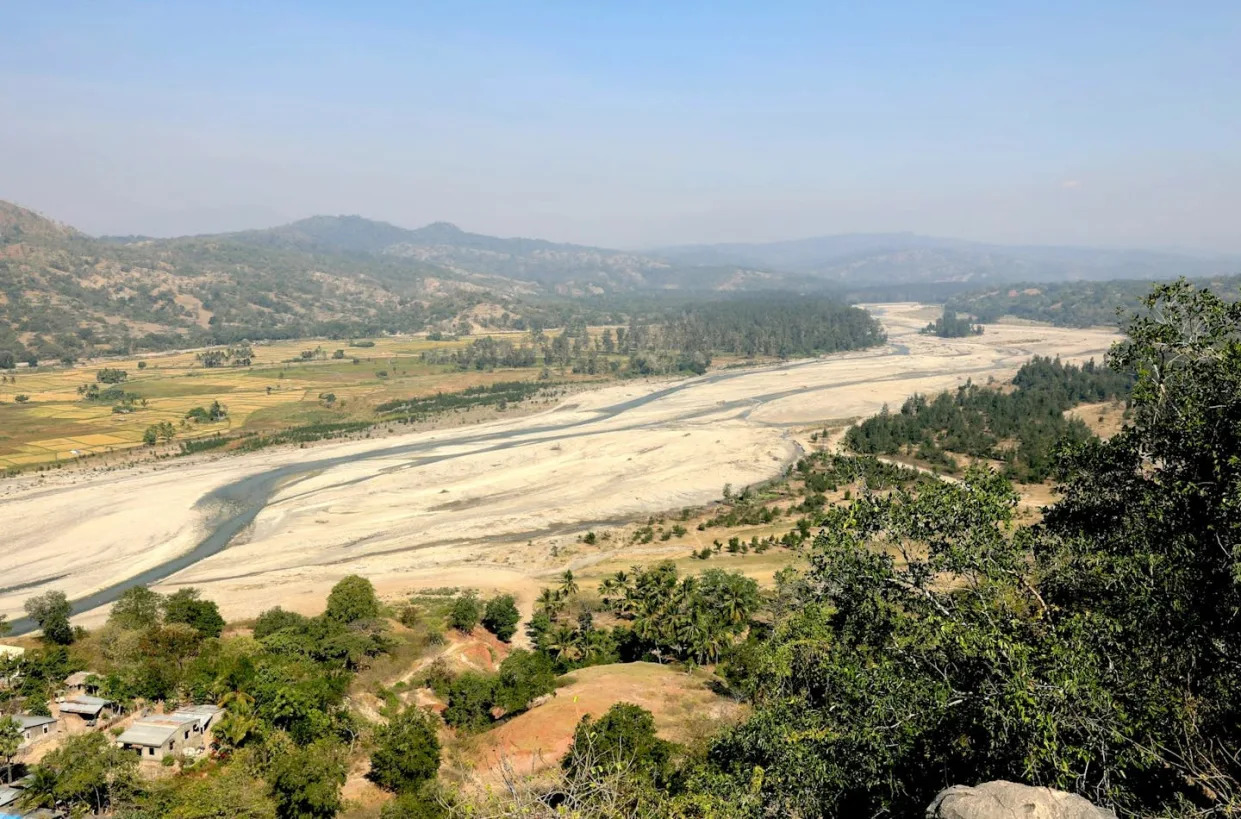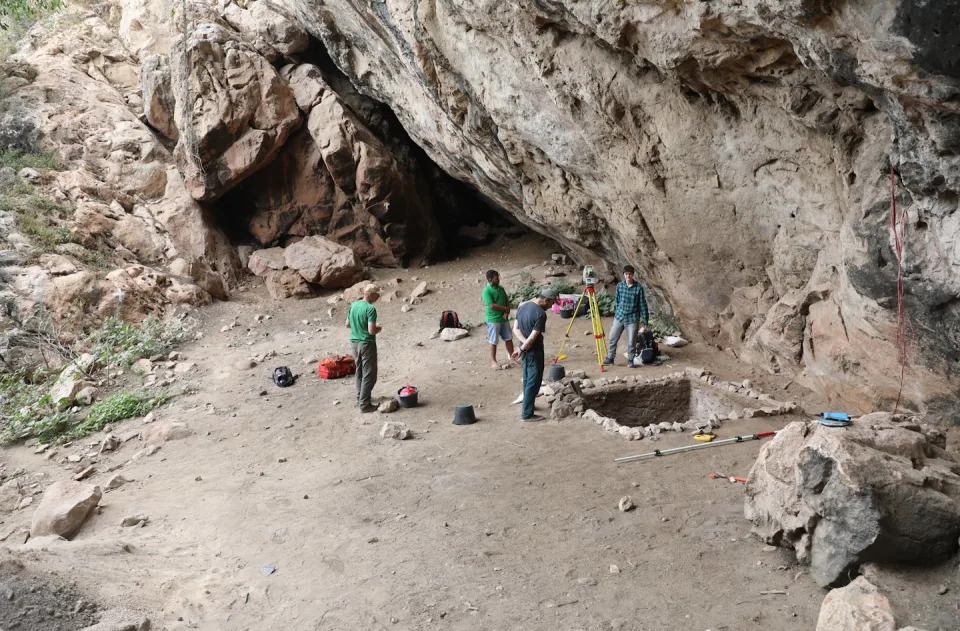Louisiana’s Alarming Push to Criminalize Abortion Pills
By Andrea González-Ramírez, a senior writer for the Cut who covers systems of power.
UPDATED MAY 23, 2024
Photo: ALLISON DINNER/EPA-EFE/Shutterstock
Louisiana will soon become the first state in the nation to reclassify the two drugs used in medication abortions as “controlled dangerous substances,” a move that experts say could have far-reaching implications for pregnancy care. The Louisiana Senate approved the legislation, known as SB276, on Thursday and sent it to Republican governor Jeff Landry, who opposes abortion rights. He is expected to sign the measure into law, and it could go into effect as early as October.
Even though the state has had a near-total abortion ban in place since the overturn of Roe v. Wade, and most patients can’t even access abortion pills unless they travel out of state or order them online, conservative lawmakers have gone a step further in equating the drugs to opioids and depressants. The bill is just the latest push by anti-abortion advocates to curb the use of pills, which are used in more than two-thirds of abortions in the U.S. The Supreme Court is expected to rule next month on whether to reinstate certain restrictions on mifepristone.
During an hourlong Louisiana House debate on the measure on Tuesday, anti-abortion lawmakers claimed that the drugs are “harmful to an unborn child” and that the proposed restrictions wouldn’t prevent doctors from prescribing the pills in other clinical situations outside of abortion care. Opponents begged their colleagues to reconsider, pointing out that health providers in Louisiana have voiced their opposition to the bill. While mifepristone is approved by the FDA exclusively for abortion, misoprostol is a stomach ulcer medication that’s used off-label for a wide range of gynecological care beyond terminating a pregnancy, including inducing labor, managing a miscarriage and postpartum hemorrhaging, and softening the cervix before a biopsy,. “This does not prevent anyone from getting the drug, but it significantly delays care for plenty of people—probably for 99 percent of people who need it and who have nothing to do with wanting an abortion,” Democratic state representative Mandy Landry (no relation to the governor) said during the debate. Her motions to amend the measure and to send it back to committee for more discussion both failed on Tuesday.
Pregnancy care in Louisiana — which has the highest rate of maternal mortality in the nation — has already been disrupted because physicians are afraid of running afoul of the abortion ban, according to a recent report. The procedure is outlawed in nearly all cases with exceptions for when a pregnancy is “medically futile” or the life of the pregnant person is in danger. The law also does not exempt rape and incest cases, and lawmakers recently rejecting adding these exceptions for children under 17. Providers who are found in violation face up to 15 years in prison and $200,000 in fines. Researchers found that, to avoid the impression of violating the state’s ban, health providers are delaying care for ectopic pregnancies and miscarriages as well as performing C-sections rather than abortions — the standard of care — in cases when the pregnancy is not viable.
Mandry believes the bill will further intimidate health-care providers. “The ban’s exceptions are construed extremely narrowly, meaning doctors are afraid to even use them,” she tells the Cut. “Now, with this bill, providers are worried about being investigated just for writing a prescription. They are nervous about overprescribing misoprostol and looking like they are giving it out for abortions just like they’re nervous about doing abortions to save the life of the mother.”
SB276 was introduced by Republican state senator Thomas Pressly, whose sister was given misoprostol by her then-husband without her knowledge. According to Texas prosecutors, the man was attempting to induce an abortion without his wife’s consent. The child was born premature and has experienced developmental delays; earlier this year, he pleaded guilty to charges of injury to a child and assault of a pregnant person and was sentenced to 180 days in jail
The measure originally intended to establish the crime of “coerced criminal abortion,” creating penalties for someone who gives a pregnant person abortion pills without their consent. But after the bill unanimously passed the state senate, Pressly, working in partnership with the anti-abortion organization Louisiana Right to Life, included a last-minute amendment to add abortion pills to the state’s Uniform Controlled Dangerous Substances Law. Drugs that are considered controlled, dangerous substances include opioids, depressants, and medications that are highly addictive, like Xanax and Valium. Rescheduling mifepristone and misoprostol as Schedule IV drugs would require physicians to have a special license to prescribe the pills; to list their names, their patients’ names, and the pharmacy dispensing the medication in a state database; and to store the drugs in specific secure rooms.
“Louisiana has been ground zero for abortion for a really long time, and it’s not really surprising that this kind of stuff is gonna keep happening,” Representative Landry says. “This bill is sort of creating a pregnancy database because misoprostol is prescribed very regularly to induce labor. If you know anyone who has been induced, it’s highly likely they took that. It’s a bad situation.”
The bill carves out an exception for pregnant people who obtain the pills for their own consumption, but anyone who is not a health-care provider and is found in possession of abortion pills without intending to take them would be criminalized. Violators could face up to ten years in prison.
“Imagine you’re a person who’s 14 weeks pregnant and you’re starting to miscarry. Your physician says, ‘Well, I can prescribe you this medication, misoprostol, that will help you expel this miscarriage,’” says Kirsten Moore, director of the EMAA Project, which seeks to expand access to medication abortion. “Now you can’t, as a patient, ask your partner or your mother or friends to go get the prescription filled for misoprostol. Instead, you’re gonna have to jump through these extra hoops to show that you are in fact the person getting the medication.”
More than 240 doctors in Louisiana oppose the measure and wrote a letter to Pressly saying that reclassifying abortion pills will create “the false perception that these are dangerous drugs that require additional regulation.” The Louisiana Society of Addiction Medicine also submitted a letter in opposition to the bill, referring to it as “legislative overreach” and saying it “goes against the spirit of the drug scheduling system.”
There’s simply no scientific basis for reclassifying mifepristone and misoprostol as Schedule IV drugs, according to Moore. The pills have been on the market for more than two decades and have an excellent safety record (taking them is less risky than taking Viagra or Tylenol). “Drugs are put in that Schedule IV category because they are shown to be addictive and they can be diverted to nefarious purposes,” Moore says. “But neither mifepristone or misoprostol are addictive, period. Putting these pills under lock and key again is just the wrong solution for what we know to be a pretty isolated incident of bad behavior.”
SB276 will also add to the climate of fear facing abortion seekers in Louisiana, says Tyler Barbarin, director of grants and development at the Louisiana Abortion Fund. The group, which offers financial and practical support to patients seeking an abortion outside the state, already hears confusion and distress among callers who aren’t sure what they are legally allowed to do. “There’s the chilling effect every time a piece of legislation passes or even is threatened to pass. People are scared for their lives; they’re scared to be criminalized,” she says. “It’s not going to lend itself to people’s well-being. You can’t destroy people’s ability to care for one another and then expect them to still thrive.”
In a statement, Vice-President Kamala Harris condemned the legislation. “Absolutely unconscionable. The Louisiana House just passed a bill that would criminalize the possession of medication abortion, with penalties of up to several years of jail time,” she said.
“Let’s be clear: Donald Trump did this,” Harris said. Trump has bragged about being “able to kill” Roe and has said that it should be up to the states to determine abortion bans.
SB276 could also have an impact outside of Louisiana. Experts expect to see similar bills crop up across the country, as the anti-abortion movement is deeply invested in cutting access to medication abortion, which now makes up more than 60 percent of clinician-provided terminations in the U.S. A recent #WeCount survey also found that about 8,000 patients a month are obtaining abortion pills through telehealth in states with abortion bans. “It’s not an accident, and it won’t be an isolated incident, right?” Moore says of the Louisiana bill, pointing at the current Supreme Court mifepristone case. “If Louisiana does this, we can expect a number of other states to follow suit really quickly.”
This story has been updated.











